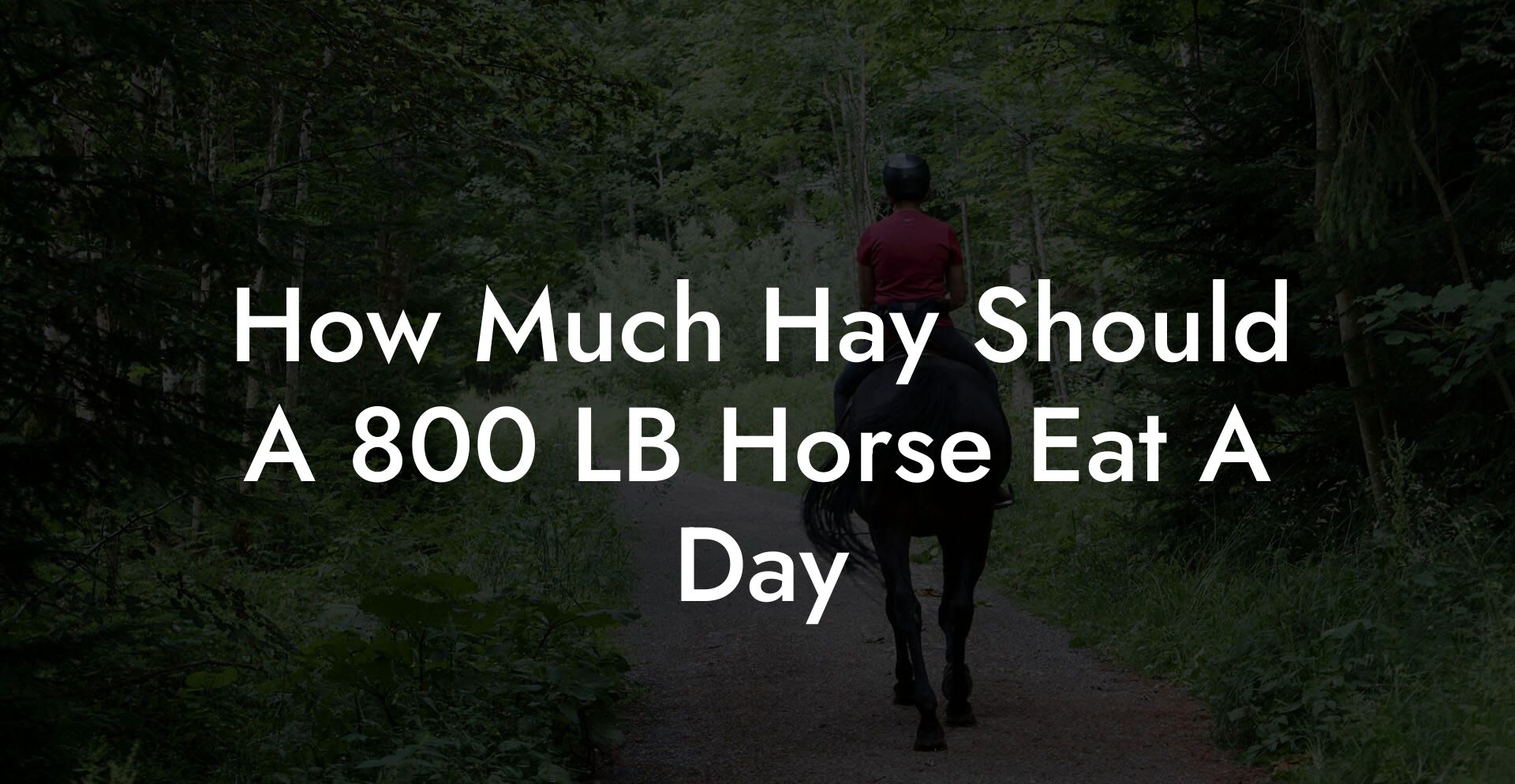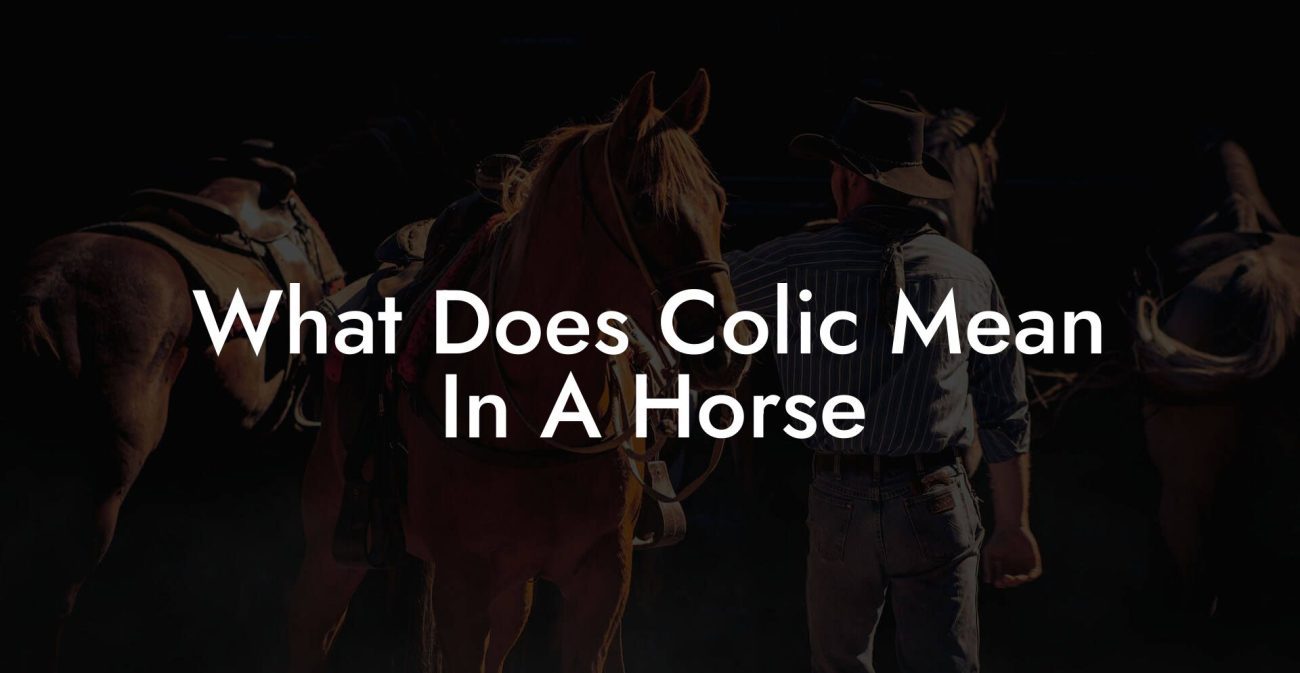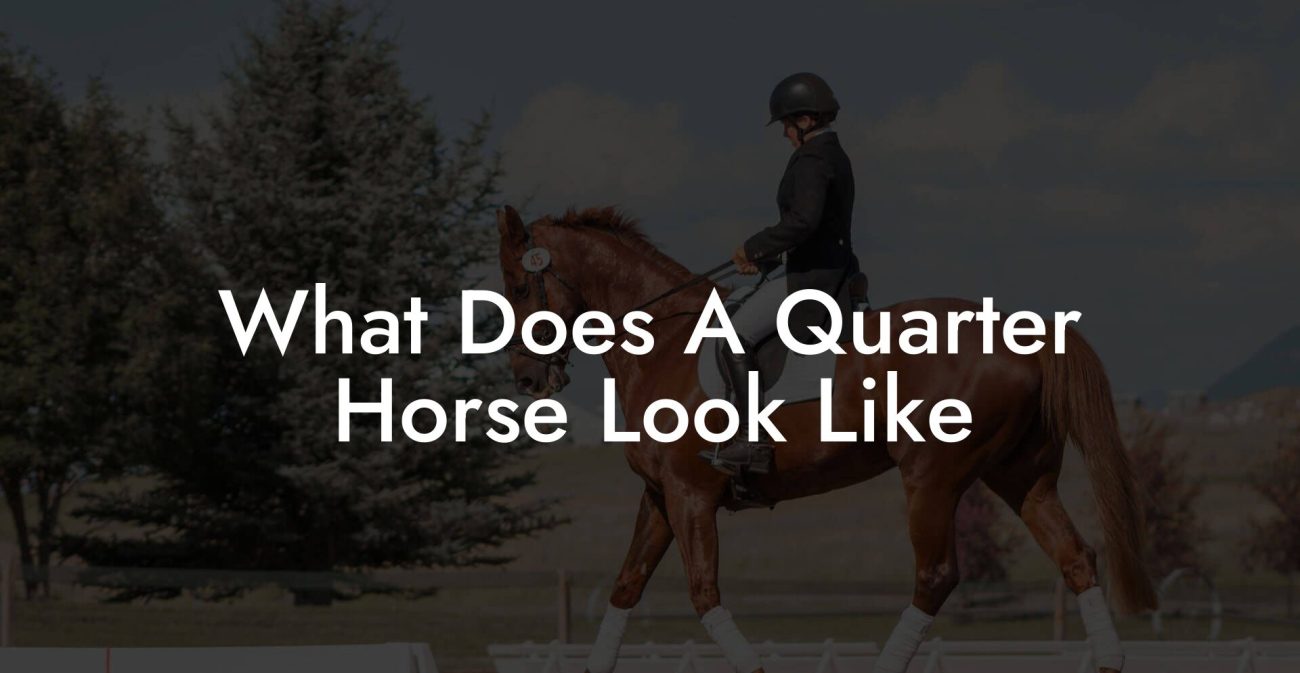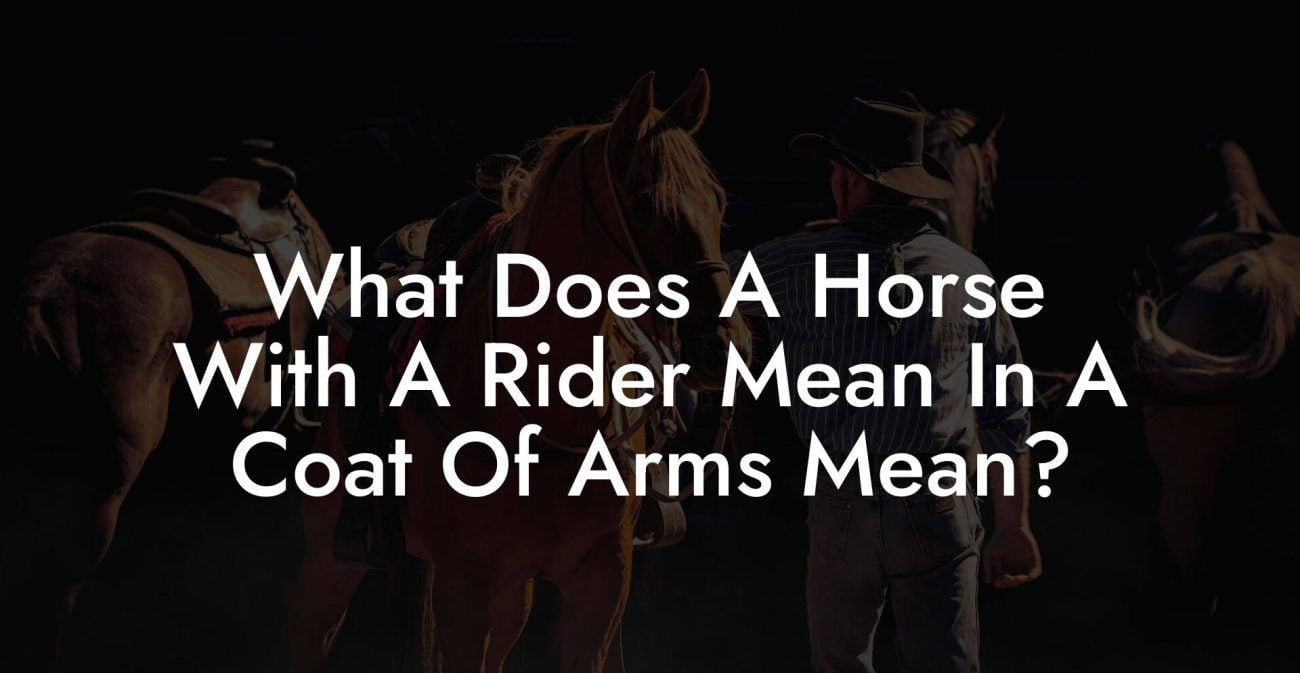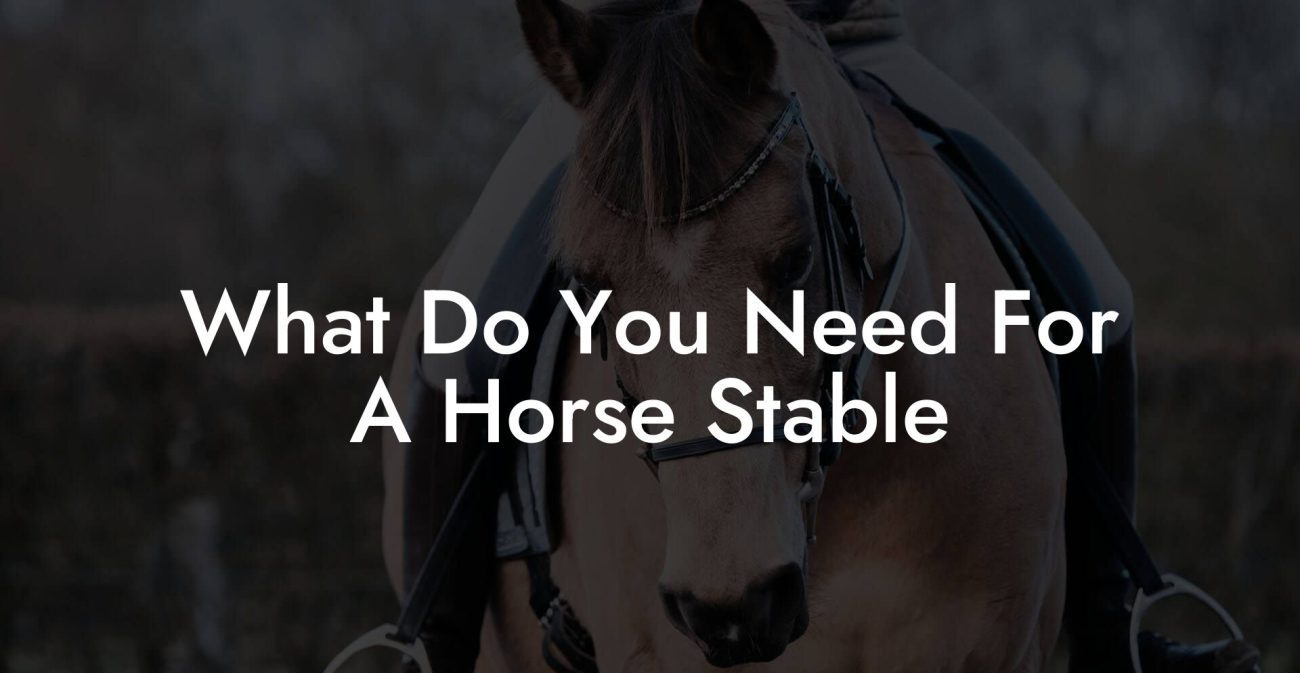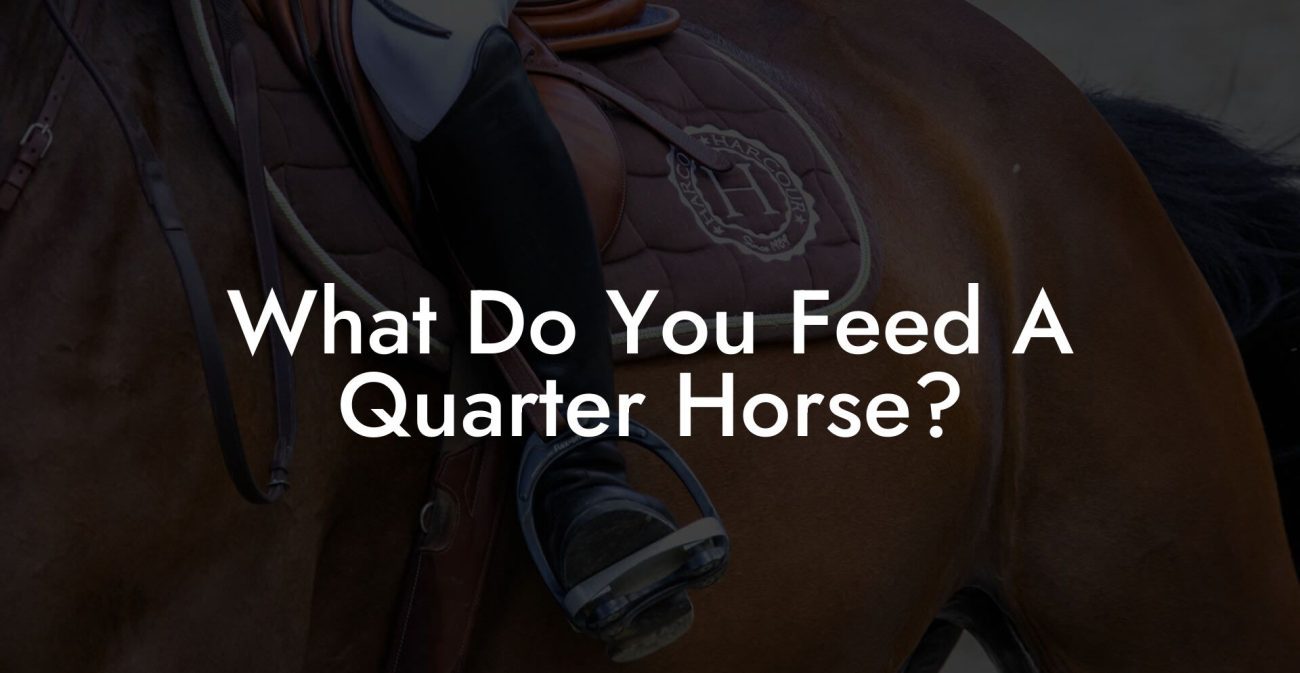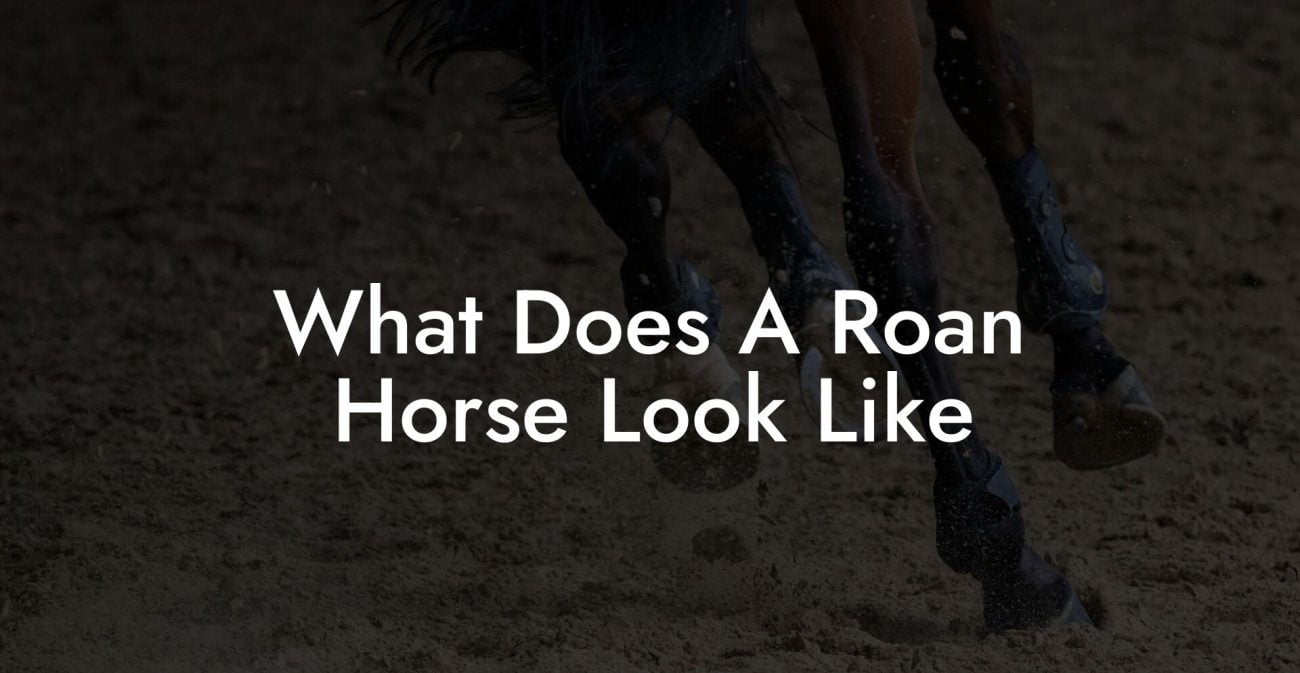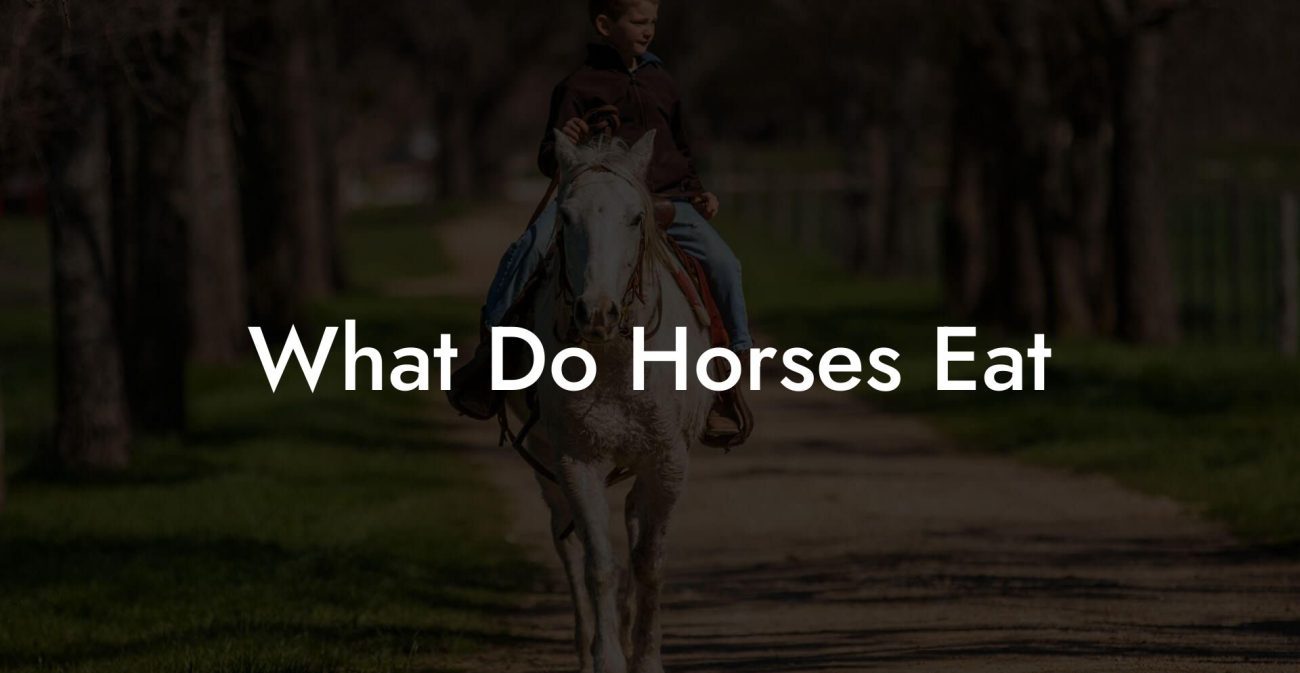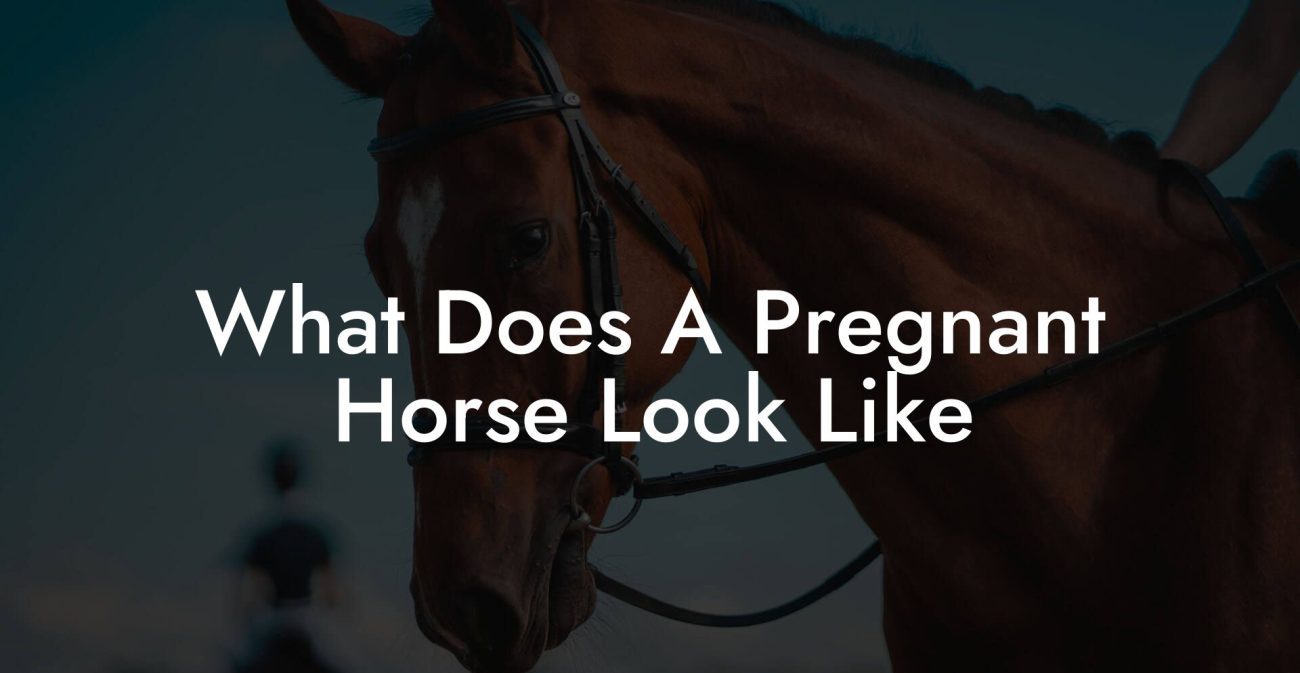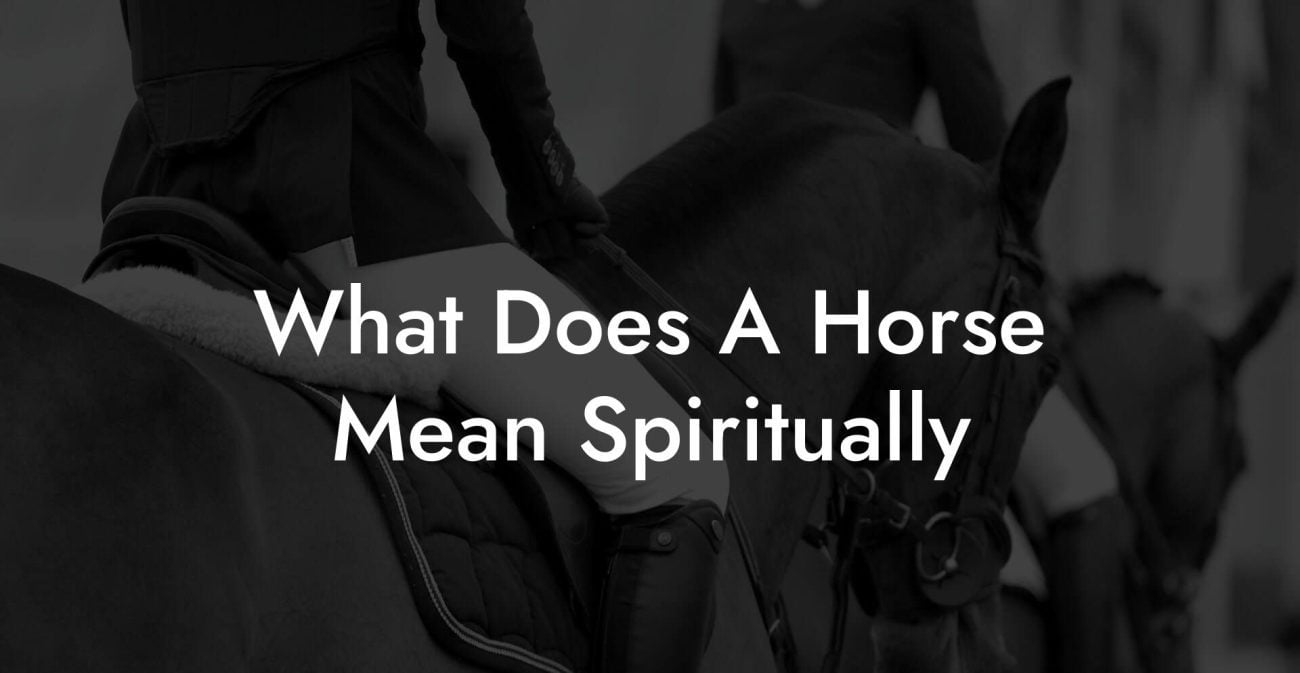When it comes to caring for an 800 lb horse, figuring out just how much hay to dish out each day can feel like assembling a DIY IKEA bookshelf, challenging, mysterious, and slightly prone to errors if you don’t follow the instructions. But fear not, fellow equine enthusiast! In this deep dive into equine nutrition, we’re breaking down everything you need to know about how to properly feed your 800 lb horse, with plenty of tips, tricks, and a dash of humor to keep things engaging. Whether you’re a new horse owner or an experienced rider looking to optimize your feeding routine, read on to discover the ins and outs of hay consumption, why it matters, and how to craft a balanced, nutritious diet for your majestic four-legged friend.
Quick Links to Useful Sections
- Understanding the Fundamentals of Equine Nutrition
- The Rule of Thumb: Calculating Hay Intake for an 800 lb Horse
- Quality Over Quantity: Evaluating Hay for Your Horse
- Key Factors That Influence Hay Consumption
- Managing Hay Feeding Schedules: Best Practices and Tips
- Balancing Nutrients: How Hay Fits Into Overall Equine Diets
- Practical Considerations: Tools and Techniques for Measuring Hay
- Special Considerations: When Your Horse’s Needs Deviate from the Norm
- Integrating Supplements and Alternative Forages
- Health Implications: How Proper Hay Feeding Impacts Equine Wellness
- Troubleshooting Common Feeding Challenges
- Resources and Community Support: Your Next Steps
- Strategies for Monitoring and Adjusting Your Horse’s Diet
- Embracing a Lifestyle That Supports Equine Well-Being
- Frequently Asked Questions About Hay Feeding for an 800 lb Horse
- Your Journey to Mastering Equine Nutrition
Understanding the Fundamentals of Equine Nutrition
Horses are not just fluffy companions, they’re athletes, workhorses, grazers, and sometimes even therapy animals. Their dietary needs are uniquely tailored to support long hours of grazing and bursts of energy, even if your 800 lb horse is a homebody preferring gentle walks over wild races. Central to an equine diet is hay, the natural, fiber-packed food that forms the backbone of most horses’ nutritional plans.
At its core, hay provides the essential energy, nutrients, and fiber that help support a horse’s digestive health, dental function, and metabolic balance. Understanding how much hay an 800 lb horse should eat per day isn’t just about following rules of thumb; it’s about mastering the art of equine nutrition and tailoring it to your horse’s unique needs.
In the world of equine care, the rule of thumb is often to feed between 1.5% and 2.5% of a horse’s body weight in hay on a daily basis. For an 800 lb horse, that means you’re looking at roughly 12 to 20 lbs of hay per day, with most situations falling in the sweet spot of around 1.5% to 2%. But before you grab your scales and measure out 16 lbs precisely, let’s break down the factors that can influence these numbers.
The Rule of Thumb: Calculating Hay Intake for an 800 lb Horse
Most equine nutrition experts agree that the majority of a horse’s diet in the wild would come from grazing, and hay is essentially the dried-out version of that natural diet. The standard calculation is simple: multiply your horse’s body weight by the percentage recommended for hay consumption. For an 800 lb horse:
- At 1.5% of body weight: 800 lb x 0.015 = 12 lbs of hay
- At 2% of body weight: 800 lb x 0.02 = 16 lbs of hay
- At 2.5% of body weight (for high energy demands or certain dietary needs): 800 lb x 0.025 = 20 lbs of hay
These calculations aren’t carved in stone. Rather, they serve as a baseline from which to start tailoring your feeding regimen. Activity level, age, overall health, and even the quality of the hay itself can shift these numbers up or down.
For instance, a spirited young horse or an equine engaged in intense training might benefit from towards the higher end of that range, whereas a mature or less active horse might be more comfortable closer to 1.5%. And if your horse is a picky eater, understanding these ranges means you can tweak the mix (or even add in other types of forage) to keep them satisfied and well-nourished.
Quality Over Quantity: Evaluating Hay for Your Horse
Not all hay is created equal. Just as we cherish the organic, non-GMO options at our local farmer’s market, horses thrive on high-quality hay that’s free from mold, dust, and contaminants. When determining how much hay to feed, it's essential to consider quality. The nutritional value of hay can vary based on its type, such as timothy, oat, alfalfa, or mixed grasses, as well as the region where it was grown and how it was cured and stored.
Here are some tips for evaluating hay quality:
- Aroma Check: High-quality hay should have a sweet, fresh scent, not a musty, damp odor that signals spoilage.
- Color and Texture: Look for a bright green or golden hue, with fine, uniform strands. Avoid hay that looks overly weathered or dusty.
- Moisture Content: Well-cured hay should have minimal moisture to prevent mold growth. Too much dampness can lead to bacterial infections in horses.
- Leaf-to-Stem Ratio: A higher ratio means more nutrients and better digestibility. Leaves are rich in vitamins and proteins, while stems provide fiber.
Remember, the better the quality of hay, the less questionable it is that your horse is absorbing the health benefits packed into each mouthful. In some instances, high-quality hay may allow you to lean towards the lower end of the consumption range while still meeting all nutritional needs.
Key Factors That Influence Hay Consumption
Deciding how much hay your 800 lb horse should eat per day isn’t a one-size-fits-all process. There are several factors that can influence the ideal amount:
- Age: Baby horses (foals) and older horses have different energy needs. For instance, young horses require more energy for growth, while older horses might need less volume with more nutrient density.
- Activity Level: Horses that are in active training or are working more frequently need increased energy, which might necessitate a higher hay intake or supplementation with concentrates. Conversely, a retired or pasture-bound horse may need less.
- Metabolic Status: Horses prone to obesity or metabolic syndrome may benefit from a slightly restricted diet, while those with high metabolic rates might require more calories. Always tailor the feeding amount based on your horse’s specific metabolic profile.
- Body Condition and Weight: Regularly monitoring your horse’s body condition helps ensure that you’re providing just the right amount of hay. If your horse is losing too much weight, you might need to up the hay quantity; if gaining undesirably, consider scaling down.
- Other Dietary Components: Is your horse getting additional feeds like grain, supplements, or free-choice salt? These components can affect overall caloric and nutrient intake, potentially requiring adjustments in hay portions.
When evaluating these factors, it’s crucial to stay flexible. Use the standard calculation as your baseline and then adjust based on your horse’s reactions and needs. Monitoring weight, energy levels, and overall health can help you dial in the perfect hay feeding strategy.
Managing Hay Feeding Schedules: Best Practices and Tips
A well-timed feeding schedule can be as important as choosing the right type of hay. Horses in the wild graze for most of the day, and while your 800 lb horse might not have an all-day buffet, replicating this grazing behavior can prevent issues like colic and promote steady digestion.
Consider these best practices for managing your horse’s hay schedule:
- Divide Daily Feeding: Instead of providing one massive pile of hay, split the total amount into two or three feedings throughout the day. This helps regulate digestion and keeps your horse’s energy levels steady.
- Use an Automatic Feeder: For busy owners or those with unpredictable schedules, an automatic hay feeder can dispense measured portions at specified intervals, ensuring your horse doesn’t go too long without a bite.
- Monitor Consumption: Keep an eye on how quickly your horse consumes his hay. Sudden changes in appetite or speed might indicate health issues, stress, or changes in environmental factors.
- Adjust According to Seasons: During colder weather, horses might require a bit more energy to maintain body heat, while in the summer, the appetite may naturally dip. Seasonal adjustments are key!
- Provide Free-Choice Salt and Water: Fresh water and salt help stimulate digestion and aid nutrient absorption. Make sure your horse has constant access to these, especially if the hay is particularly dry or coarse.
Establishing a routine that mimics natural grazing rhythms can lead to a happier, healthier horse. Not only will your 800 lb pal enjoy a smoother digestive process, but you’ll also be on top of any unexpected changes in their regular eating habits.
Balancing Nutrients: How Hay Fits Into Overall Equine Diets
While hay is king in a horse’s diet, it’s not the whole kingdom. In fact, your horse’s nutrition plan might also include grains, concentrates, vitamins, and mineral supplements designed to address specific needs. When planning how much hay your 800 lb horse should eat, consider how it interacts with these additional dietary components.
The ideal horse diet is balanced and varied, ensuring that all nutritional requirements are met. Hay provides high amounts of fiber, which is essential for proper gastrointestinal function and long-term digestive health. However, if your horse is engaged in high-energy activities, he might need an additional calorie boost from grains or specialized feeds.
To find the right balance, consider your horse’s overall calorie intake, protein requirements, and the micronutrients that might be lacking in a hay-based diet alone. Consulting a veterinarian or equine nutritionist can help you fine-tune the diet to avoid overfeeding calories while still covering your horse’s nutritional bases.
Practical Considerations: Tools and Techniques for Measuring Hay
One of the most practical challenges you might face as a horse owner is accurately measuring out the correct amount of hay for your 800 lb horse. While sophisticated scales are available, many owners rely on volume estimates, bags, or even the trusty measuring cup. Precision is key if you’re aiming for 12 to 20 lbs per day.
Here are some practical tools and techniques for ensuring accurate measurements:
- Weight Scales: If you have access to a livestock scale, periodically weighing your hay can ensure you’re staying within the recommended range.
- Pre-packaged Bales: Many hay suppliers offer bales that have a specified weight range. While there can be variations, these bales provide a ballpark figure that can simplify your feeding calculations.
- Volume Estimators: Some equine fans have adopted homemade methods, such as using buckets or specific containers calibrated to approximate weight given a known hay density. While not 100% precise, these methods help in adjusting portions over time.
- Digital Feeders: Modern technology has stepped in with automated feeders that can dispense pre-measured portions at set intervals. This approach is particularly helpful for busy owners or even for horses with special dietary routines.
Remember, consistency is essential. Once you’ve established a routine or measurement method, stick with it, but always be open to adjustments as your horse’s condition or hay quality changes.
Special Considerations: When Your Horse’s Needs Deviate from the Norm
While most horses fit neatly into the 1.5% to 2.5% rule of thumb, there are special scenarios where your 800 lb horse might require a modified approach:
- Performance Horses: If your horse is a competitor, in regular training, or participating in high-intensity activities, his energy requirements might be higher. In these cases, you might need to balance the hay with additional calories from grains or specialized feeds.
- Senior Horses: Older horses often have a slower metabolism and may require a diet lower in calories but rich in easily digestible fiber. Dental issues can also affect how much hay they can efficiently process, so softer, chopped hay or alternative forage could be beneficial.
- Horses with Metabolic Disorders: Conditions like equine metabolic syndrome or insulin resistance call for carefully moderated diets. A veterinarian’s guidance is crucial for tailoring hay portions and supplementing with concentrates or medications as needed.
- Pregnant or Lactating Mares: Nutritional needs spike during pregnancy and lactation. In such cases, the hay portion might need to be increased or complemented with higher quality forages to ensure both the mare and foal receive adequate nutrition.
In any exceptional scenario, the key is to consult with a qualified equine nutritionist or veterinarian who can provide recommendations tailored to your horse’s health and lifestyle demands.
Integrating Supplements and Alternative Forages
While hay remains the cornerstone of an equine diet, sometimes a supplement or an alternative forage can make all the difference. For owners looking to boost nutrient density or address specific deficiencies, consider these options:
- Beet Pulp: A high-fiber, low-starch option that’s especially useful for horses that need extra energy but can’t handle too many grains.
- Hay Pellets: These are compressed forms of high-quality hay, often used when weather conditions make fresh hay scarce. They can be easier to digest and serve as a reliable fallback.
- Alfalfa and Clover Hay: While grass hays like timothy and orchard are common, alfalfa and clover can provide higher protein and calcium levels, which may be beneficial for growing horses or lactating mares.
- Vitamin and Mineral Supplements: If your hay isn’t meeting all your horse’s nutritional needs, a well-formulated supplement might be in order. These help bridge the nutritional gaps and keep your horse in tip-top shape.
When integrating supplements, it’s vital to keep track of the overall calorie and nutrient intake. Over-supplementation can lead to imbalances, so working with a professional to design a holistic diet plan is always recommended.
Health Implications: How Proper Hay Feeding Impacts Equine Wellness
The benefits of dialing in the right hay consumption for your 800 lb horse are far-reaching. Beyond simply satisfying hunger, proper hay feeding plays a crucial role in:
- Digestive Health: A high-fiber diet helps maintain healthy gut motility, reducing the risk of colic, impaction, and other digestive issues that can arise from improper feeding schedules.
- Dental Health: Chewing hay encourages natural tooth wear, which prevents the build-up of problematic dental issues. Constant grazing can help mimic the natural chewing process found in wild horses.
- Weight Management: Striking a balance in hay consumption is critical for maintaining an ideal body condition. Overfeeding can lead to obesity and metabolic disorders, while underfeeding might cause malnutrition and reduced performance.
- Behavioral Benefits: Regular, evenly spaced hay meals help reduce boredom and the stress that comes from erratic feeding schedules, leading to a calmer, happier horse.
By focusing on a feeding plan that meets the unique needs of your 800 lb companion, you create a strong foundation for long-term health and performance. It’s not only about quantity, it’s about quality, timing, and balance.
Troubleshooting Common Feeding Challenges
Even with a perfect plan in place, practical challenges can arise in everyday feeding. Here are a few common issues and how to troubleshoot them:
- Overeating or Under-eating: Regularly monitor your horse’s body condition score and adjust portions gradually if you notice weight gain or loss. Small tweaks can prevent long-term nutritional imbalances.
- Digestive Upheaval: Sudden changes in hay type or quality might disrupt your horse’s digestive system. Always introduce new hay gradually over a period of 7-10 days to allow the gut flora to adjust.
- Weather Impacts: Extreme weather can affect both hay quality and horse appetite. In colder climates, ensure your horse gets enough quality hay to help maintain body heat, while in hot weather, make sure fresh water is always available to aid digestion.
- Selective Eating: Some horses become picky, leaving behind certain parts of the hay. This might indicate issues with palatability or a need to mix in other forages. Experiment with different types of hay or supplementary forages to keep things interesting.
- Storage and Spoilage: Poor storage conditions can lead to mold or dust contamination in your hay. Always invest in a dry, ventilated storage area and routinely check your supplies to ensure freshness.
Addressing these challenges with proactive measures can help preserve your horse’s health and ensure that the feeding regimen remains as stress-free as possible for both the horse and the owner.
Resources and Community Support: Your Next Steps
Equine nutrition is an ever-evolving field, and staying informed is key. Whether you’re balancing hay intake for a casual pasture pony or fine-tuning the diet of a high-performance athlete, various resources and communities exist to support your journey.
Begin by connecting with local equine nutritionists, veterinarians, and experienced horse owners who can offer personalized advice. Online forums, social media groups tailored for horse enthusiasts, and reputable websites dedicated to equine care are invaluable hubs for tips, recent research, and firsthand experiences.
Additionally, many universities and agricultural extension programs offer workshops and publications on equine nutrition. These resources can keep you updated on the latest advancements in feed management, dietary studies, and best practices for enhancing overall horse well-being.
Remember: feeding your horse is an evolving process, what works today might need adjustments tomorrow. Community feedback and expert advice will always be your best friends in ensuring that your 800 lb horse stays healthy, active, and thriving.
Strategies for Monitoring and Adjusting Your Horse’s Diet
Successfully implementing your horse’s feeding regime isn’t a “set it and forget it” affair. Instead, it involves continuous monitoring, timely adjustments, and a keen awareness of your horse’s overall condition. Here are some strategies to help you keep on top of your horse’s dietary needs:
- Keep a Feeding Journal: Document what your horse eats each day alongside any notable changes in behavior, weight, or health condition. This record is an invaluable tool for noticing trends and making data-driven adjustments.
- Regular Weigh-Ins: Schedule periodic weigh-ins to track your horse’s body weight. Even subtle changes can indicate whether you need to adjust the hay quota.
- Use Body Condition Scoring: Learn how to assess your horse’s body condition score (BCS) to ensure you maintain an optimal weight. This method provides a visual and tactile guide to pinpoint when your horse might be over- or under-fed.
- Engage with a Vet or Nutritionist: Regular checkups with a veterinary professional can catch early signs of dietary imbalances or health issues. A nutritionist can specifically recommend changes to optimize your horse’s diet based on the latest research.
- Leverage Technology: There are modern digital tools and apps that can help track your horse’s diet, water intake, and exercise. These tools provide reminders and insights to ensure consistency in your feeding routine.
With these monitoring strategies in place, you’ll be empowered to adjust your approach whenever necessary, ensuring that your horse always gets the best possible care.
Embracing a Lifestyle That Supports Equine Well-Being
Beyond the daily calculations of hay portions and nutritional tweaks, a holistic approach to equine well-being considers all aspects of your horse’s life. Like us, horses thrive in environments that offer stability, enrichment, and care. The feeding routine is just one part of a lifestyle that supports their physical and mental health.
Consider these lifestyle factors to complement your feeding routine:
- Consistent Daily Routines: Horses appreciate routine. Whether it’s a set time for feeding or consistent exercise schedules, routines contribute to overall mental well-being.
- Ample Pasture Time: Let your horse graze naturally when possible. Pasture time not only supplements their diet but also offers much-needed exercise and mental stimulation.
- Regular grooming and Social Interaction: Grooming helps reduce stress, and interacting with other horses (if appropriate) promotes natural behaviors and social bonds.
- Environmental Enrichment: Provide a safe, stimulating environment with toys, varied terrain, and spaces for both exercise and relaxation.
- Continuous Education: Stay informed about the latest advances in equine care, nutrition, and management practices. Knowledge is the ultimate tool in providing the best care.
Integrating these lifestyle elements with a balanced hay feeding routine will transform the way you care for your horse, turning everyday activities into powerful habits that support long-term well-being.
Frequently Asked Questions About Hay Feeding for an 800 lb Horse
We know you’ve got questions, and we’ve got answers. Here are some of the FAQs we hear most from horse owners who want to master the art of feeding their 800 lb horses.
1. How much hay should an 800 lb horse eat daily?
Typically, an 800 lb horse should consume between 12 to 16 lbs of hay per day, aligning with 1.5% to 2% of its body weight. Adjustments may be made based on activity level, age, and specific nutritional needs.
2. Does the type of hay affect how much my horse should eat?
Absolutely. The nutritional content and digestibility of the hay, whether it’s timothy, orchard, alfalfa, or a mix of grasses, can influence overall health. High-quality hay might allow a lower quantity, while lower-quality hay might not meet all dietary requirements.
3. How often should I feed hay to my horse?
It’s best to split the daily hay portion into two to three feedings to mimic natural grazing and promote steady digestion throughout the day.
4. What are the signs my horse is getting too much or too little hay?
Overfeeding can lead to weight gain, lethargy, and metabolic issues, while underfeeding may cause weight loss, digestive upset, and decreased energy. Regularly monitoring your horse’s body condition and weight is the key.
5. Can I mix other feed with hay?
Yes! Often hay forms the basis of the diet, but you can supplement with grains, concentrates, and vitamin/mineral supplements, especially for performance horses or those with special needs.
6. Why is hay quality so important?
Quality hay provides essential nutrients and fiber without the risks of mold, dust, or contaminants. High-quality forage supports digestion, dental health, and overall metabolic balance.
7. What should I do if the hay supply quality is inconsistent?
Monitor your horse closely, consult with your vet or nutritionist, and consider mixing in alternative forages or supplements to ensure nutritional consistency.
8. How do seasonal changes affect hay consumption?
In colder months, your horse might require a bit more hay to help maintain body temperature, whereas in the heat, the appetite might decrease. Adjust portions seasonally and keep water intake high.
9. Do I need to worry about hay storage?
Yes, proper storage in a dry, well-ventilated area is essential to prevent spoilage and maintain hay quality. Routinely check your stock for any signs of mold or dampness.
10. When should I consult a nutritionist?
If your horse shows any unusual changes in weight, behavior, or overall health, or if you’re considering dietary adjustments due to increased activity or special needs, seeking professional advice is always a smart move.
Your Journey to Mastering Equine Nutrition
Feeding your 800 lb horse isn’t just a daily chore, it’s a passionate journey towards ensuring peak performance and long-term health. With the right knowledge, careful observation, and a tailored approach, you can transform what might seem like a guesswork exercise into a rewarding practice that benefits both you and your equine companion.
Every bale of hay you measure, each adjustment you make in the feeding schedule, and every consultation with experts brings you one step closer to mastering the art of equine nutrition. In a world where information evolves almost as quickly as memes on social media, keeping your dog's (or rather, your horse's) diet in check ensures that care and compassion are served with every meal.
So, next time you’re at the barn, take a moment to appreciate the balance of science, art, and genuine care that goes into every feeding session. Your 800 lb horse isn’t just a weight figure, it’s a living companion that deserves every bit of optimal nutrition you can provide. Embrace the challenge, enjoy the journey, and let every scoop of hay empower a healthier, happier life for your equine friend.
Ready to put your newfound knowledge to work? Set up that feeding schedule, chat with fellow horse enthusiasts, and continually refine your approach. Here’s to making every bite count and transforming your horse care routine into an art form that stands the test of time.

